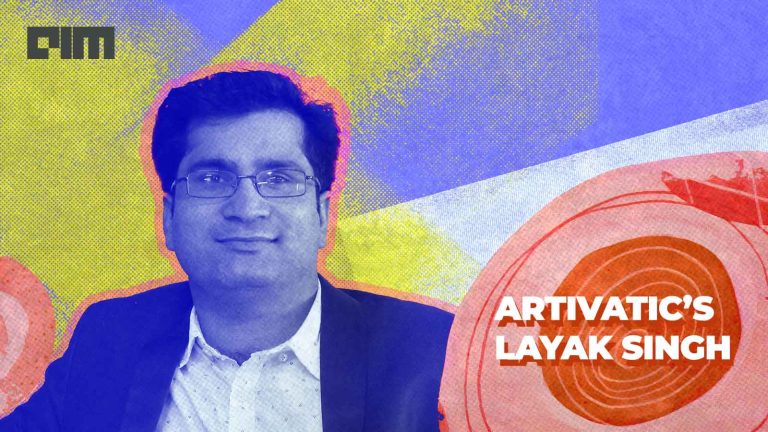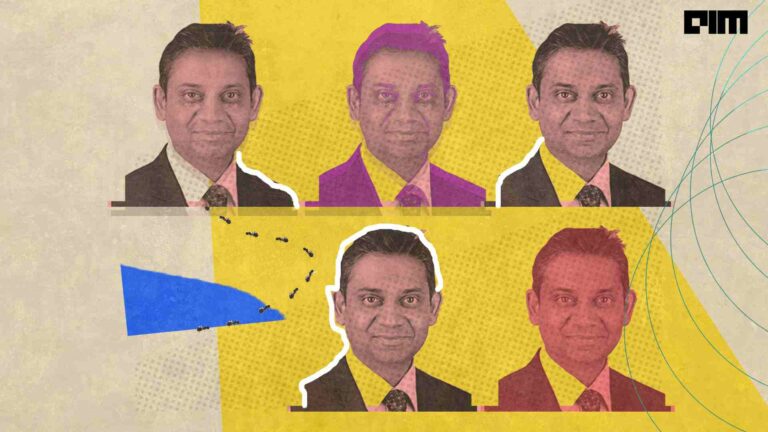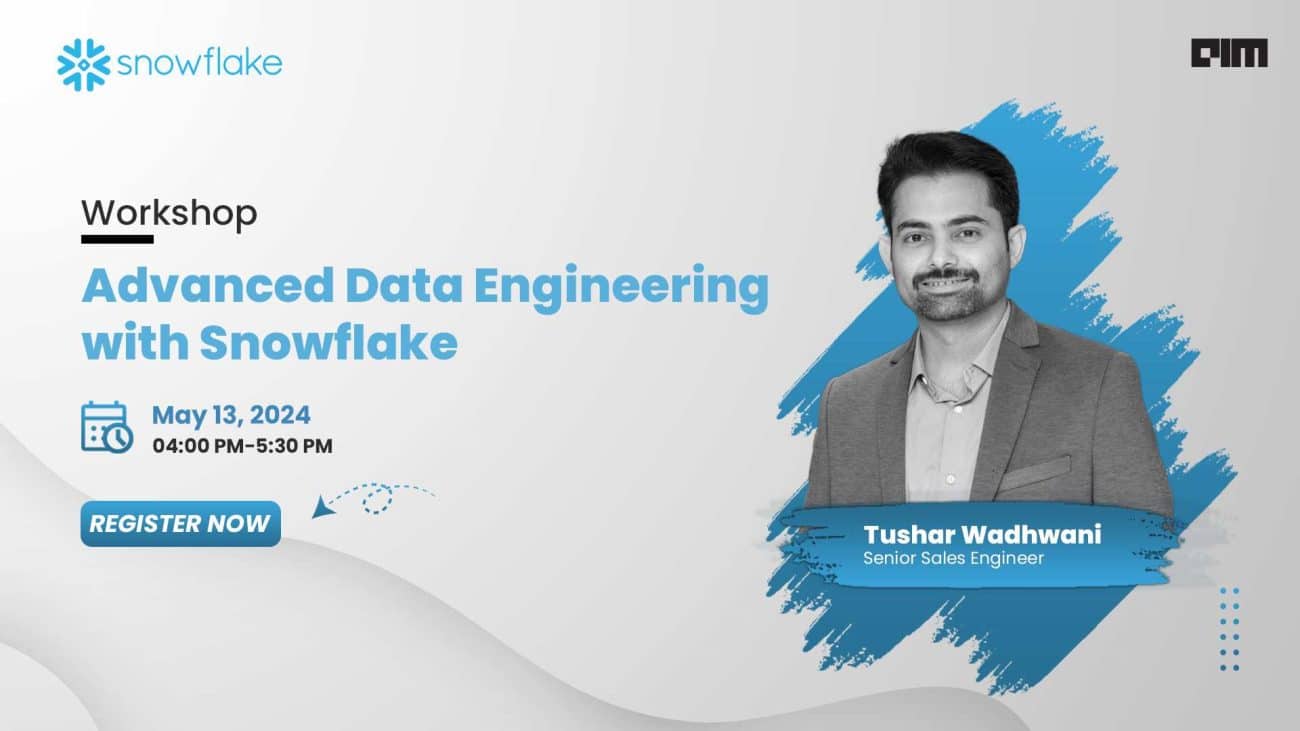 The world is changing and insurance is changing with it. This change is being driven by customer expectation and technological advancement. To be competitive, insurance companies need more customer insights, and the ability to turn these insights into actions, which requires focused effort and expertise. Many insurance companies struggle in this area which is why insurtech start-ups play a key role. They are able to move faster and identify these gaps and provide solutions. The bulk of these solutions are fuelled by use of artificial intelligence.
The world is changing and insurance is changing with it. This change is being driven by customer expectation and technological advancement. To be competitive, insurance companies need more customer insights, and the ability to turn these insights into actions, which requires focused effort and expertise. Many insurance companies struggle in this area which is why insurtech start-ups play a key role. They are able to move faster and identify these gaps and provide solutions. The bulk of these solutions are fuelled by use of artificial intelligence.
It’s not wrong to say that AI is beginning to play a key role in enabling insurtech start-ups to bring ‘smartness’ to insurance. However, not all types of AI techniques can add value to insurance processes in the same way.
In order to understand the role of AI, we need to understand what AI is and what it is not. Contrary to general perception, all AI techniques don’t automatically learn from the data.
AI can be divided into two high level categories
Machine learning (ML): Techniques that automatically learn from the data. All predictive models fall in this category. Generally, this is what business users understand when they hear the term AI. ML based solutions can add value to insurers – irrespective of the mode of delivery – delivered as a standalone model (standalone AI), or delivered as a part of a process, service or product (embedded AI).
Symbolic AI (SAI): Techniques that don’t automatically learn from the data. Human experts are needed to create the business rules. Underwriting or claim rules coded in IT systems are examples of this category. Insurers already have in-house capabilities for creating and implementing complex business rules. Hence, SAI packaged as ML and delivered in standalone AI mode is highly unlikely to survive through the later stages of the AI hype cycle. Real value can only be added through embedded AI mode.
Let’s categorise the gaps in four high level categories and see how AI is enabling start-ups to address these gaps:
Data Gaps: A data gap is created when some data fields are needed for data analytics-based decisions but the insurer is not able to capture them.
Players are attempting to provide external data about the customers. They are leveraging machine learning-based de-duplication and linking technologies to identify a unique customer and then provide additional data about the data subject from external data sources.
Some players are helping insurers digitise their internal data by improving data capture at each stage of insurance operations. For example, optical character recognition (OCR) and then natural language processing (NLP) are used to capture and logically store data from existing physical documents.
Process gaps: A process gap is created when new technologies having the potential to transform one or more steps in insurance value chain become available, but the insurer is not able to adopt it. Building standalone machine-learning based predictive models for different stages of the insurance value chain to predict propensities related to fraud, cross-sell, up-sell, retention, claims, and so on, is one of the quickest ways to enterthe insurtech space and hence is one of the most crowded areas. In the last couple of years embedding AI in processes, services and products, to deliver an ‘intelligent’ or customised package has become an area which is attracting a lot of attention and it’s expected to continue this year.
Robotic process automation (RPA) players are using SAI to create a large set of complex rules to improve degree of automation in insurance processes. Blockchain players are primarily relying on a different IT technology (the distributed ledger) and aspects related to smart contracts – in reality they are simplified contracts, based on federated rules– which are handled through SAI. For reasons of speed, efficiency and customer satisfaction there’s a growing appetite among insurers to accept automated analytics in claims images or video, customer voice, claims summary reports and so on. Cloud-based predictive services leverage deep learning to train machine learning-models on unstructured data sources like images, texts, videos, and voice. These pre-trained models are then offered to insurers in an off the shelf package.
Product Gaps: A product gap is created when new technologies, changing lifestyles and changing business models create new risks or new ways of addressing old risks. Start-ups in the wider world of IoT (the Internet of Things) are offering usage based insurance (UBI) solutions such as telematics for motor and health insurance leveraging a wide range of machine learning algorithms to normalise and analyse the big data which is generated every second. Start-ups supporting agricultural insurance operations use weather and crop data collected through satellites, drones and weather monitoring stations. ML algorithms are used to normalise and analyse this data.
Customer Interaction Gaps: Emerging technologies have changed customer behaviours and expectations. This creates a gap in customer-facing insurance operations such as distribution, policy servicing, and claim settlement. NLP based machine learning techniques are enabling chatbots to understand customers’ queries. Then, SAI based rules are employed to find appropriate answers to their queries. SAI is enabling online or app-based distribution platforms to recommend the most suitable insurance products quickly by asking an intelligently-ordered minimum set of questions. Machine learning-based algorithms then predict the purchase preferences of the given customer and appropriately customise the insurance offering.



















































































